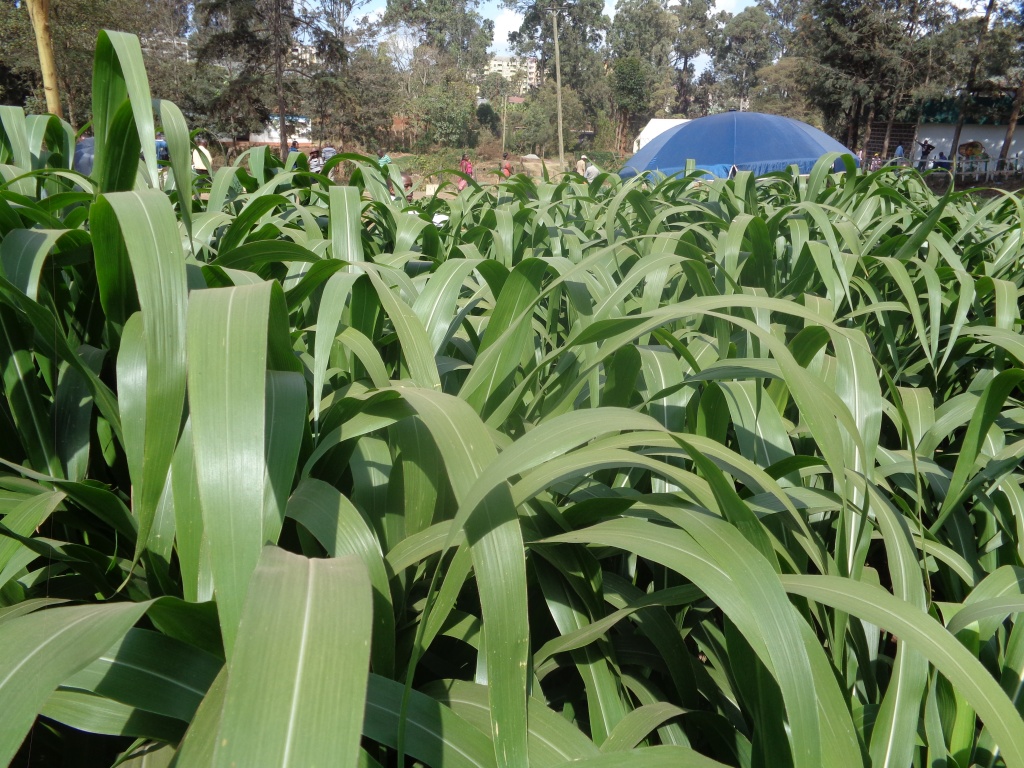Smallholder farmers can feed their animals all year round with Guatemala grass, an alternative fodder crop that withstands Napier stunt and head smut diseases. The grass doesn’t harden hence can be fed to livestock even when overgrown.
According to the Kenya Agricultural and Livestock Research Organization (KALRO), the grass can produce five to seven tonnes of dry matter per acre in one year enough to feed one dairy cow for a whole year. Guatemala grass is fed to livestock to improve milk production and can triple milk yields.
Related content
Vetiver grass’s multi-purpose usage draws many farmers
A better way to grow Napier Grass for more milk (Tumbukiza method)
Brachiaria grass triples Siaya farmer's milk production
Evans Muugu, a Nyeri dairy farmer for instance has increased milk yields from his three lactating cows from 15 to 25 liters per cow after feeding them on Guatemala grass.
“I was introduced to the fodder in 2004 by a friend who worked at Egerton University’s department of agriculture, since then I have cultivated it and never turned back,” said Muugu.
The farmer, who was a former police officer, has increased his initial cultivation of the fodder from half an acre to two acres.
Guatemala grass at the 2017 Nairobi International Trade Fair
Guatemala grass grows well in the mid to high altitude areas of Western Kenya. To plant it, cut root splits to attain a length of 20 to 30cm. Plant one root split per hole and apply either one soda bottle top per hole (one bag of DAP per acre). Alternatively, farm yard manure can be applied at the rate of two handfuls per hole. After planting, the soil should be covered firmly to enable the splits grow without interference.
Proper management practices should be carried out in the field. These include weeding regularly whenever weeds appear. The first harvesting is usually three to four months after planting. The harvest is done by cutting using a machete. During the harvesting process, a stubble height of 10cm is maintained to encourage quick re-growth.
A subsequent harvest is done after six to eight weeks intervals. After every 2nd harvest, apply two to three bottle-tops of CAN per stool or two bags per acre, or apply two handfuls of farm yard manure/compost per stool (four tonnes FYM/compost per acre)
The grass is chopped to two to three centimeter pieces and fed to livestock when fresh. If the harvest is plenty, a farmer can opt to make silage for dry season feeding of his herd.
Farmers can source planting materials at the Kenya Agricultural and Livestock Research Organization, the Ministry of Agriculture or other farmers who grow the grass.
Evans Muugu can be reached on +254 727 794 065.

















Comments powered by CComment